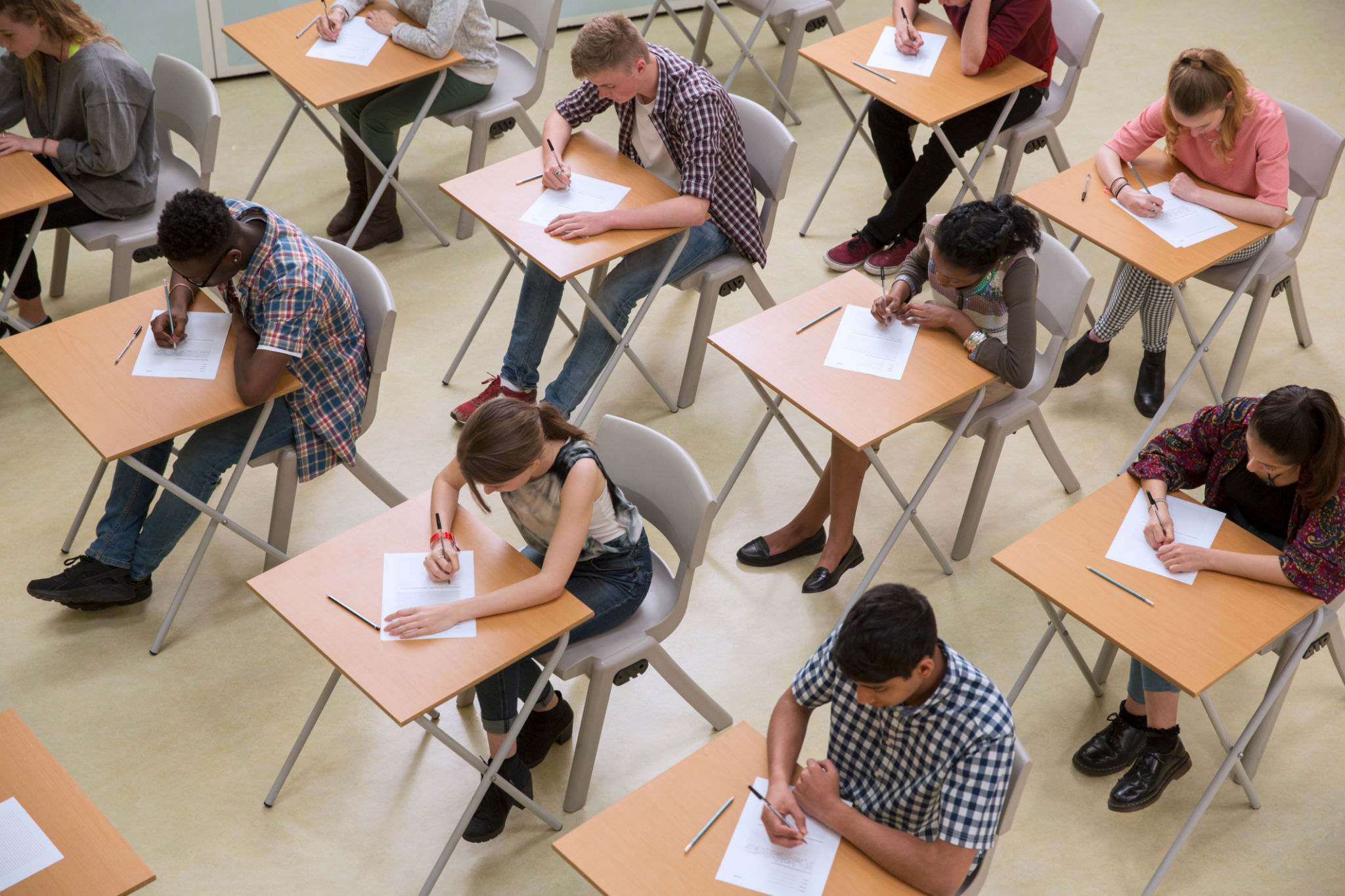Comparing Standardized Testing vs. Holistic Learning Approaches
Understanding Standardized Testing
Standardized testing has been a cornerstone of the educational system for decades. These tests are designed to measure a student's performance in a uniform manner, ensuring that everyone is assessed on the same criteria. The primary goal is to provide an objective metric to compare students across different schools and regions. Proponents argue that standardized tests are essential for maintaining accountability and ensuring that educational standards are met nationwide.
However, critics argue that standardized testing often encourages teaching to the test, where educators focus primarily on test-related content at the expense of a broader curriculum. This can lead to an educational experience that prioritizes rote memorization over critical thinking and creativity.

Exploring Holistic Learning Approaches
In contrast to standardized testing, holistic learning approaches focus on the overall development of the student. This method emphasizes a more comprehensive educational experience, assessing not just cognitive abilities but also emotional, social, and creative skills. Educators employ various strategies such as project-based learning, collaborative activities, and real-world problem-solving exercises.
Holistic education seeks to develop well-rounded individuals who are equipped with the skills necessary to thrive in diverse environments. By fostering a love for learning and encouraging curiosity, students are more likely to become lifelong learners.

Comparing Outcomes
When comparing the outcomes of standardized testing and holistic learning approaches, it's essential to consider what each method aims to achieve. Standardized tests provide quantifiable data that can be used to evaluate educational systems and identify areas for improvement. However, they may not fully capture a student's potential or abilities beyond academic performance.
Holistic learning, on the other hand, emphasizes personal growth and development. Students exposed to this approach may develop stronger interpersonal skills and adaptability, which are increasingly valuable in today's rapidly changing world. Nevertheless, it may be challenging to measure these outcomes with the same precision as standardized tests.

The Role of Educators
Educators play a crucial role in balancing these approaches to maximize student success. While standardized testing provides benchmarks for academic achievement, teachers can incorporate holistic elements into their instruction to ensure students receive a more rounded education. This might include integrating arts, physical education, or social-emotional learning into the curriculum.
By blending these methods, educators can create an environment where students not only excel academically but also develop critical life skills. This balanced approach can help prepare students for future challenges in both their personal and professional lives.
Future Directions in Education
The debate over standardized testing versus holistic learning is likely to continue as educators, policymakers, and parents strive to find the best ways to educate future generations. As educational technologies advance, there may be new opportunities to combine data-driven insights with personalized learning experiences.
Ultimately, the goal is to create an educational system that recognizes and nurtures the diverse talents and abilities of all students. By embracing both standardized testing and holistic approaches, we can work towards a more inclusive and effective educational landscape.